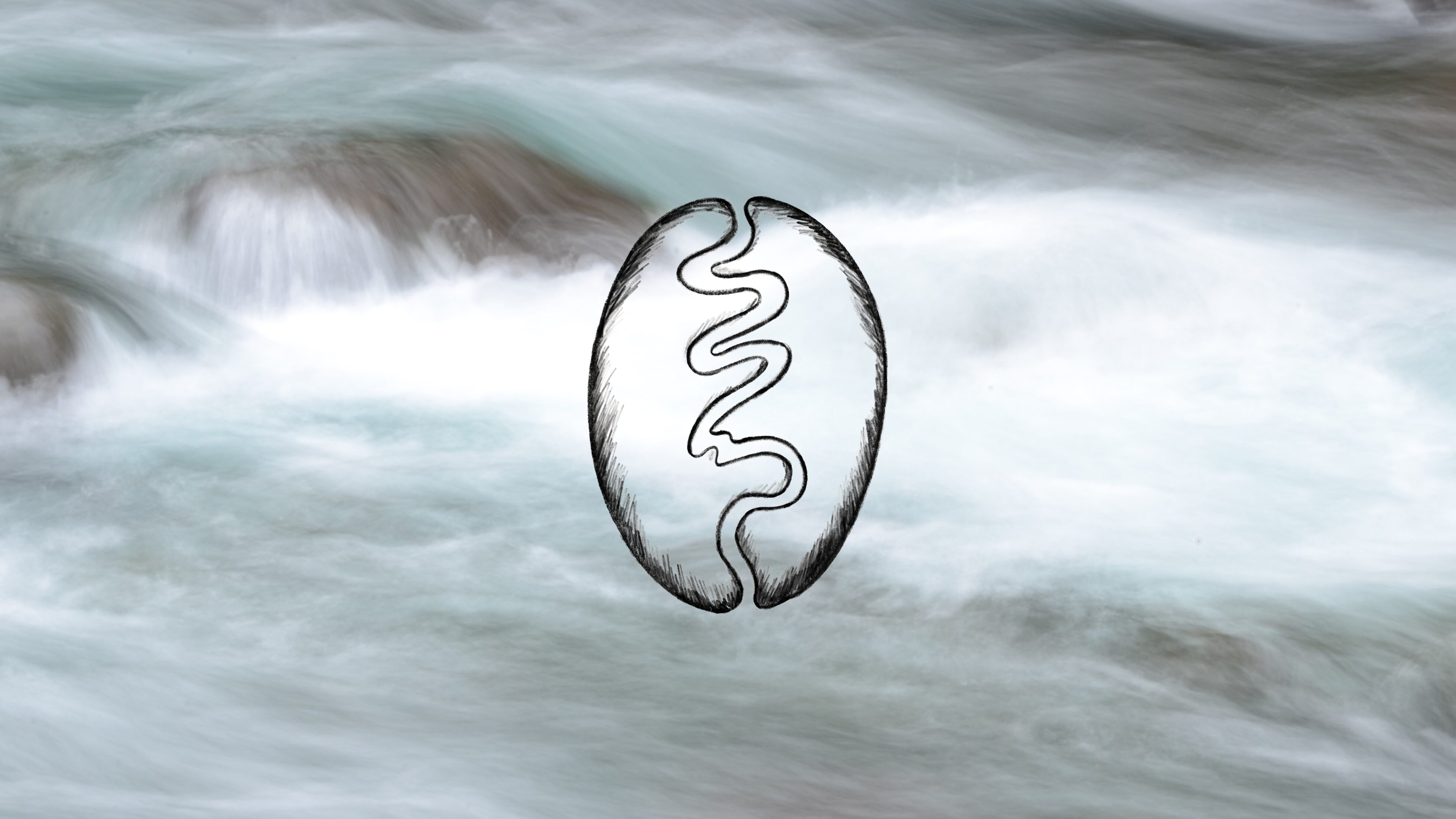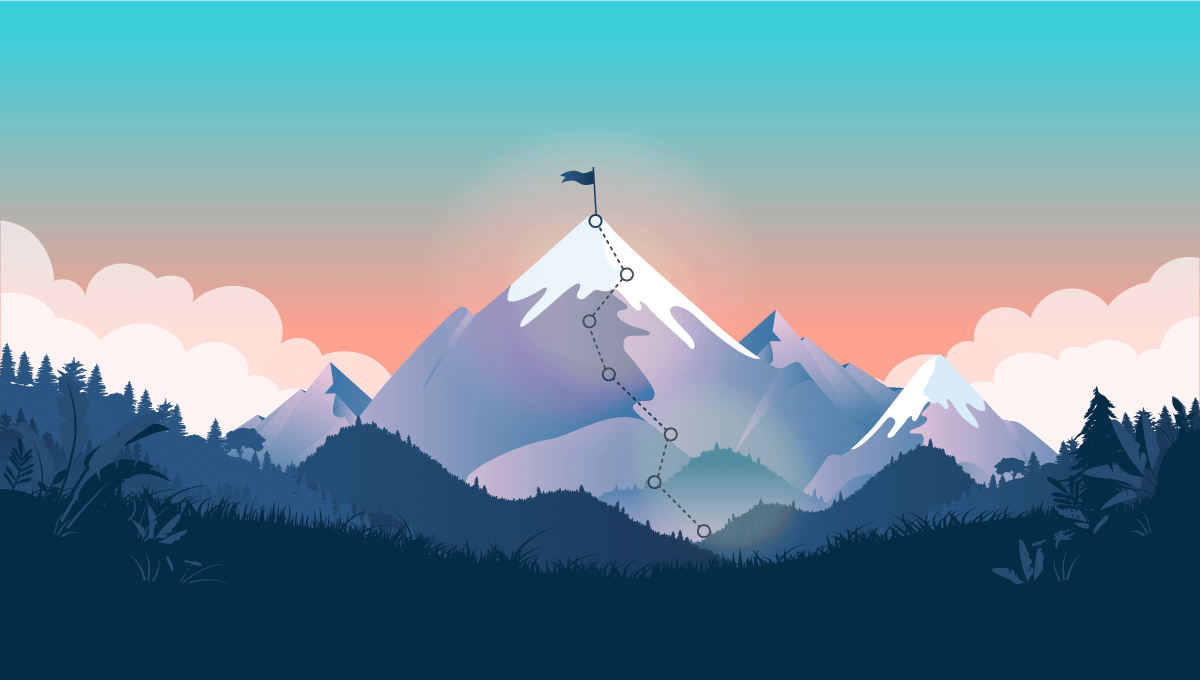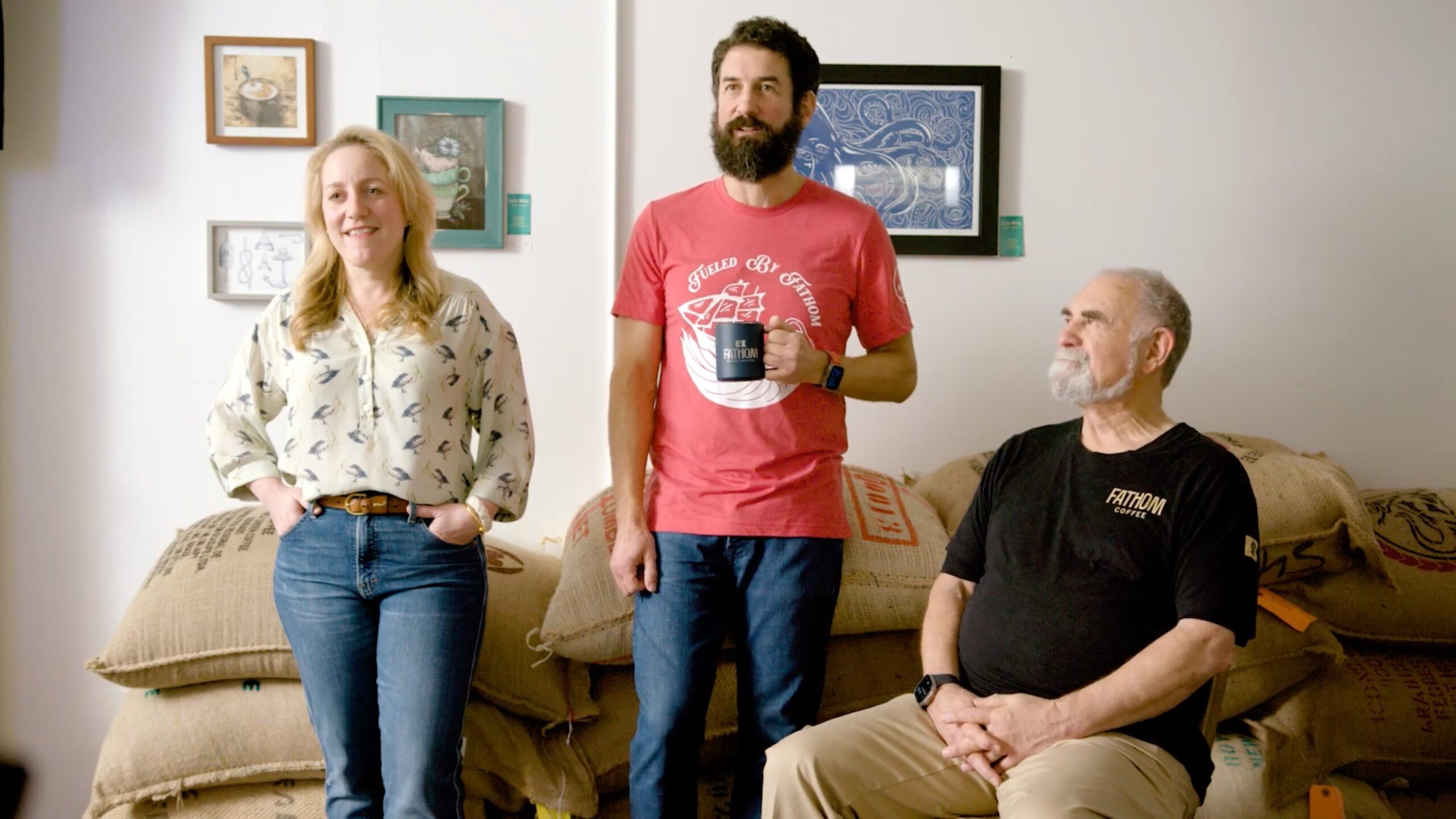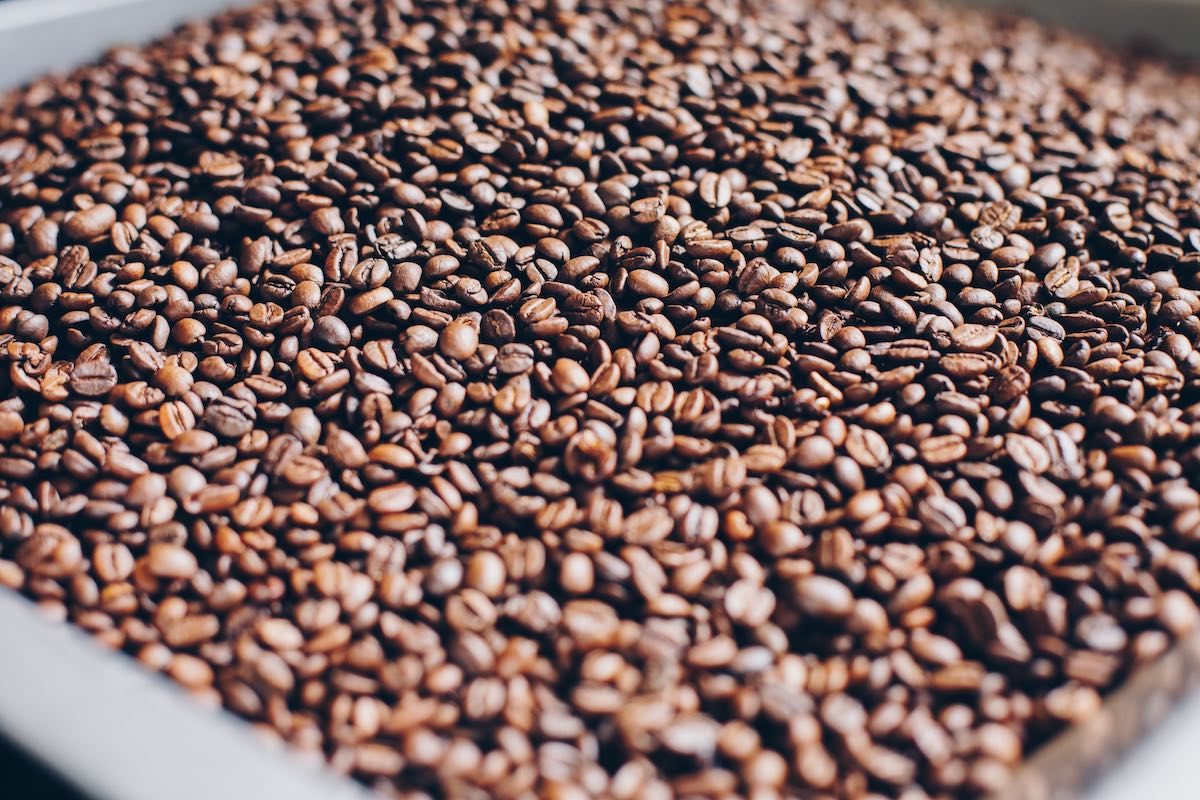
Decaf, But Make it Cool – The Mountain Water Process
Love coffee but not the caffeine jitters? We get it. Sometimes, you just want that coffee taste without the turbo boost. That’s where decaf

Altitude plays a significant role in how coffee beans taste and their overall quality. In general, high altitude coffee plants produce better beans than low altitude plants. But how? Why does the altitude make such a big difference? What flavor notes shine through in beans grown at different elevations? What altitude is ideal for producing and roasting the best coffee?
We’ll cover all these questions and more in our coffee elevation guide. Our goal is to set you up for success on your coffee journey – wherever you are. We want to help you find the types of coffees you’ll enjoy most, and altitude is an essential piece to the puzzle.
On Deck (Table of Contents)
Altitude impacts both the physical shape of the coffee bean and the taste of the coffee in your cup. Farmers typically grow Arabica coffee beans at elevations ranging from around 2,000-6,500 feet, often in subtropical climates. Most of these “ideal” growing regions lie within the “Bean Belt.” The top coffee-producing areas of the world are located between the Tropic of Cancer and the Tropic of Capricorn.
Robusta beans are considered lower quality and grow at lower altitudes, around 600-2,500 feet. Arabica coffee has lower caffeine levels and is sweeter and more acidic than Robusta. It’s also generally healthier – with more nutrients – and better for the planet.
Higher altitudes have cooler temperatures than lower altitudes. These cooler temps slow down coffee growth, allowing plants to spend more time reproducing and developing beans. More complex sugars are produced when the beans have more time to develop, leading to more potent tasting notes and decadent flavors. Coffees grown at lower elevations (i.e., Robusta coffees) tend to have blander flavors and less depth.
High altitude coffee plants also tend to have better drainage, allowing water to flow away from the plants rather than pooling around them. As a result, the coffee cherries remain denser, leaving more of the sugars and flavors intact.
According to many coffee experts, the best beans generally grow at an altitude of 4,500 feet or higher and are known as strictly hard beans (e.g., in Costa Rica and Guatemala). These beans are incredibly dense and should have a closed fissure line (the line down the center of the bean) when they’re green or unroasted. Lower elevation beans may have an open or semi-open fissure line and are less dense.
At the end of the day, it all comes down to how the coffee tastes in your cup. High altitude coffee will be more acidic, flavorful, and aromatic than lower elevation coffee. In other words, it will be a whole lot tastier.
High altitude coffee roasting can also impact the flavor profile – positively, according to some roasters. When you roast coffee at a high elevation, you need to use a higher temperature because less oxygen and moisture are in the air. Conversely, at lower elevations, you can roast at a lower temperature.
The main factor in roasting beans well is experience. Knowing which temperatures to use and how long to roast your beans at different altitudes is key to roasting beautiful beans. You could quickly burn or under-roast your beans in an unfamiliar environment without practice. With experience, you can learn to roast beans to perfection regardless of your location.
Lower elevation locations have higher temperatures, more humidity, and insects. On the other hand, higher altitude environments often have faster-changing weather (flip-flopping between rain and shine) and drier, thinner air. Again, this allows the coffee cherries to develop slower, resulting in richer and fuller characteristics.
Some claim the best specialty coffee beans come from the highest coffee-growing regions in the world. But the best coffee for you depends on your personal preferences: what kind of coffee you like and what flavor notes you prefer.
Coffee that grows below 3,000 feet tends to taste mild and soft with more subtle and earthy flavors than high altitude coffees. As we mentioned already, Robusta coffees grow abundantly at 600-2,500 feet elevation. Unlike Arabica plants, hardy Robusta plants can handle higher temperatures and ward off pests. However, the coffee tastes harsher and more bitter. Some describe it as rubbery, earthy, or muddy. Because of this, it’s typically used as a filler in coffee blends or as espresso or instant coffee.
Arabica coffee plants are more fragile and grow best in cooler subtropical environments with rich soil and moisture. An example of lower altitude Arabica coffee is Hawaiian Kona, developed in the Kona Coffee Belt between 600-3,200 feet elevation. Hawaii has unique growing conditions, with quality coffee trees planted along volcanic slopes.
Coffee that grows at an altitude between 3,000 and 4,000 feet can taste sweet, smooth, and a little more acidic than lower elevation coffees. You’ll start noticing more nuttiness in coffee falling in this range. Regions that grow coffee at this medium altitude include Santos, India, and Brazil.
Once you get up to 5,000 feet in elevation, you’ll notice more pronounced citrus, vanilla, and chocolate or cocoa notes. You can get coffees from Costa Rica, Indonesia, Flores, and Mexico from this high elevation range.
Beans that grow above 5,000 feet will be much more acidic and complex and produce coffees with floral, fruit, spice, and wine notes. Examples include Ethiopian, Colombian, and Guatemalan coffees. Papua New Guinea, Kenya, Peru, Yemen, and Sulawesi also produce very high altitude coffee beans.
How do you find a quality, high altitude coffee that you’ll love? An easy way is to look for Arabica coffee, which you’ll most often find at your local coffee shop or in the grocery store coffee aisle. Just make sure it’s single origin rather than a blend, which could have filler Robusta coffee. Next, choose a coffee origin based on your preferred flavor notes, acidity level, and body.
Remember, the lower the altitude, the earthier and more mellow the flavors. Higher altitude coffee is more acidic and has more potent and complex flavors. Coffee connoisseurs love coffee all along with the high altitude range we covered above. In the end, the best coffee for you comes down to your personal preferences. Talk with a local roaster or a barista if you need help with your coffee selection. You may have to try a few different origins before finding the one you really love.
We sell a large variety of high altitude coffee beans at Fathom Coffee. We also have a vast selection “on tap” at our shop in Virginia Beach. We’d love to welcome you in and serve you the best coffee in town if you’re in the area. If not, check out our delicious 20-some coffees from various origins.

Love coffee but not the caffeine jitters? We get it. Sometimes, you just want that coffee taste without the turbo boost. That’s where decaf


India is the sixth largest coffee exporter in the world. But it hasn’t always been that way. From smuggling a few measly coffee beans into